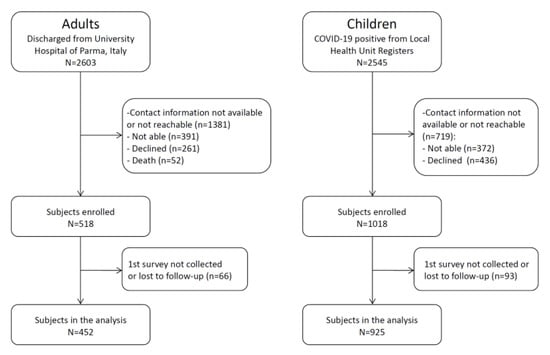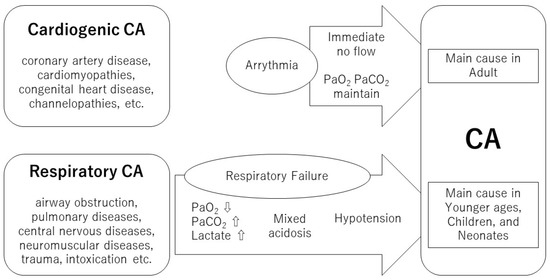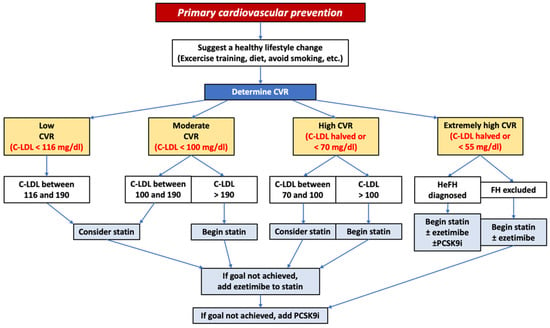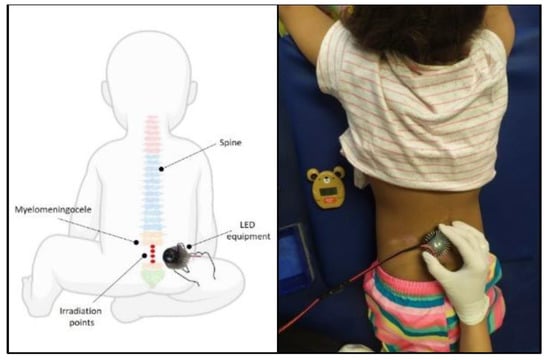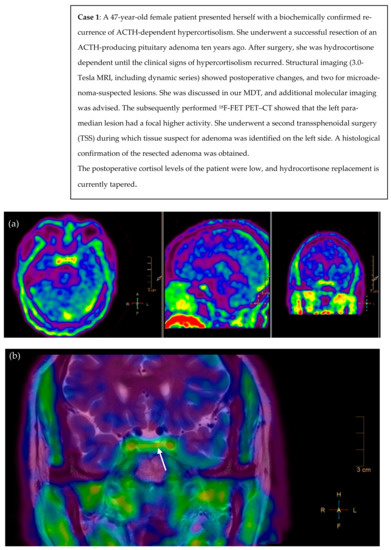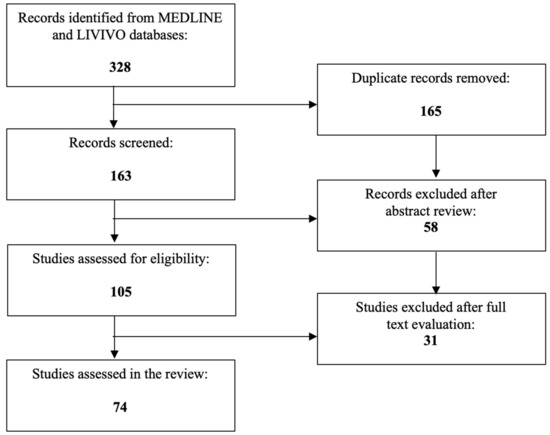J. Clin. Med. 2023, 12(8), 2926; https://doi.org/10.3390/jcm12082926 - 18 Apr 2023
Cited by 5 | Viewed by 2658
Abstract
Background: Abdominal minimally invasive surgery has become increasingly prominent for the treatment of prolapse. Abdominal sacral colpopexy (ASC) is the gold standard for the treatment of advanced apical prolapse; however, alternative surgical approaches such as the abdominal lateral suspension (ALS) have been developed
[...] Read more.
Background: Abdominal minimally invasive surgery has become increasingly prominent for the treatment of prolapse. Abdominal sacral colpopexy (ASC) is the gold standard for the treatment of advanced apical prolapse; however, alternative surgical approaches such as the abdominal lateral suspension (ALS) have been developed to improve patient outcomes. This study aims to determine whether ALS improves outcomes compared to ASC in multicompartmental prolapse patients. Methods: A prospective, open-label, multicenter, non-inferiority trial was conducted in 360 patients who underwent ASC or ALS for the treatment of apical prolapse. The primary outcome was anatomical and symptomatic cure of the apical compartment at 1-year follow-up; secondary outcomes included prolapse recurrence, re-operation rate, and post-operative complications. A 300-patient cohort was subdivided into 200-patients who underwent ALS and 100-patients who underwent ASC. The confidence interval method was used to calculate the p-value of non-inferiority. Results: At the 12-months follow-up, the objective cure rate of the apical defect was 92% for ALS and 94% for ASC (recurrence rates were 8% and 6%, respectively, and the p-value for non-inferiority was <0.01). The mMesh complication rates were 1% and 2% for ALS and ASC, respectively. Conclusions: This study demonstrated that the ALS technique is not inferior to the gold standard ASC for the surgical treatment of apical prolapse.
Full article
(This article belongs to the Special Issue Female Pelvic Medicine and Reconstructive Surgery)

